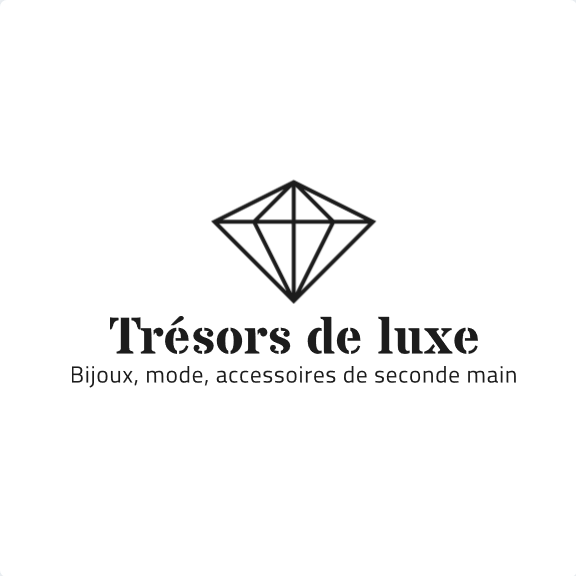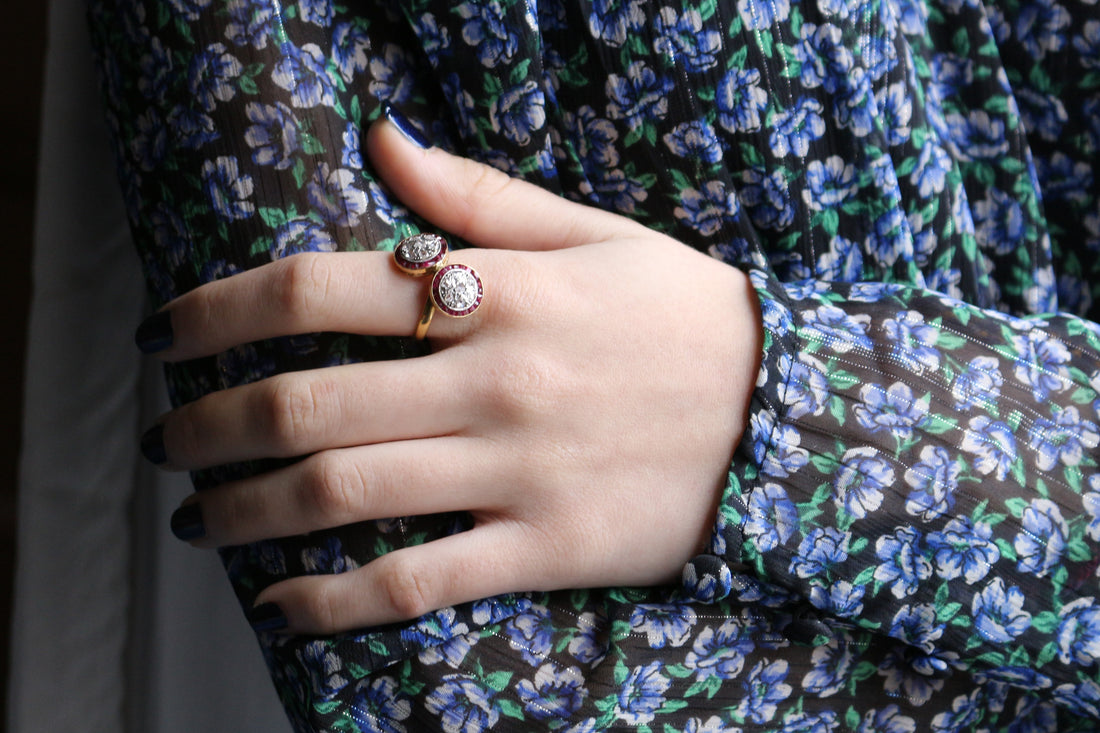In the early 20th century, a dazzling new style emerged in the world of jewelry design, captivating the imaginations of creators and enthusiasts alike. This style, known as Art Deco, would go on to leave an indelible mark on the world of adornment, encapsulating an era of opulence, innovation, and modernity.

Origins and influences
The term "Art Deco" derives from the 1925 Exposition Internationale des Arts Décoratifs et Industriels Modernes held in Paris, which showcased a new design aesthetic characterized by geometric forms, clean lines, and a fusion of traditional craftsmanship with contemporary materials. Art Deco jewelry drew inspiration from a variety of sources, including Cubism, Futurism, ancient Egyptian and Oriental motifs, and the vibrant Jazz Age culture.

Design elements
Art Deco jewelry embraced boldness and sophistication. Intricate geometric patterns, such as chevrons, zigzags, and sunbursts, were frequently incorporated into pieces, creating a sense of dynamism and energy. These patterns were often accented by contrasting colors and a variety of precious and semi-precious stones, adding a sense of opulence and luxury.
Platinum became the metal of choice due to its strength and ability to hold intricate designs, allowing jewelers to craft delicate yet intricate pieces. The innovative use of materials like black onyx, coral, and lacquer, combined with the timeless elegance of diamonds, sapphires, and emeralds, gave birth to a unique aesthetic that captured the essence of the era.

Iconic creations and designers
Art Deco produced iconic jewelry designs that still resonate today. The exquisite craftsmanship of Cartier, the avant-garde creations of Jean Després, and the whimsical pieces by René Lalique all contributed to the movement's legacy. The renowned "Tutti Frutti" style, characterized by colorful gemstones and intricate carvings, is a quintessential example of Art Deco's fusion of cultures and materials.

Legacy and revival
While the Art Deco movement reached its zenith during the 1920s and 1930s, its influence continues to reverberate through contemporary jewelry design. The elegance, innovation, and daring spirit of Art Deco continue to inspire jewelers worldwide, leading to periodic revivals and reinterpretations of its iconic style.
In conclusion, Art Deco jewelry stands as a glittering testament to an era of artistic exploration and social change. Its fusion of traditional craftsmanship with bold modernism, along with its embrace of innovative materials, has left an indelible legacy that continues to captivate collectors, enthusiasts, and designers in the ever-evolving world of adornment.


